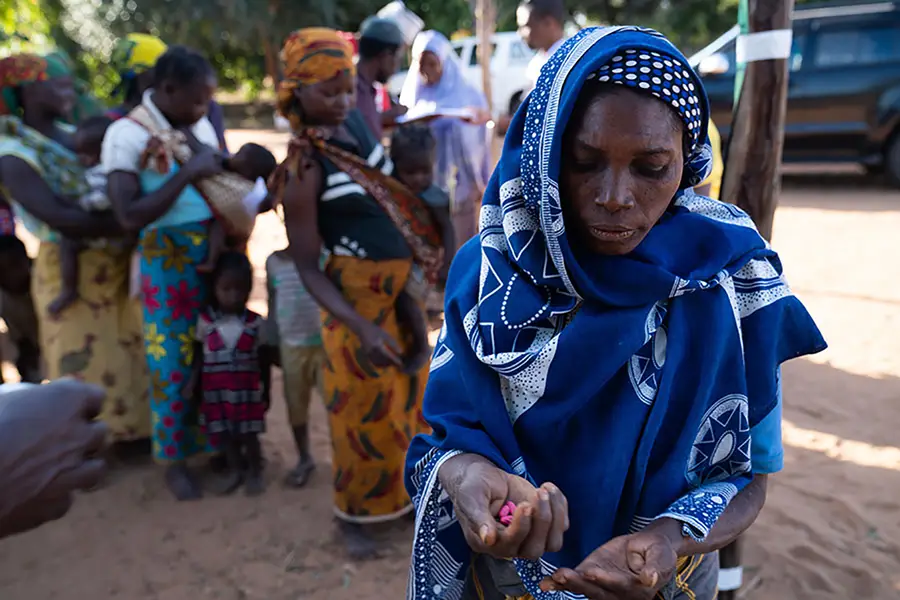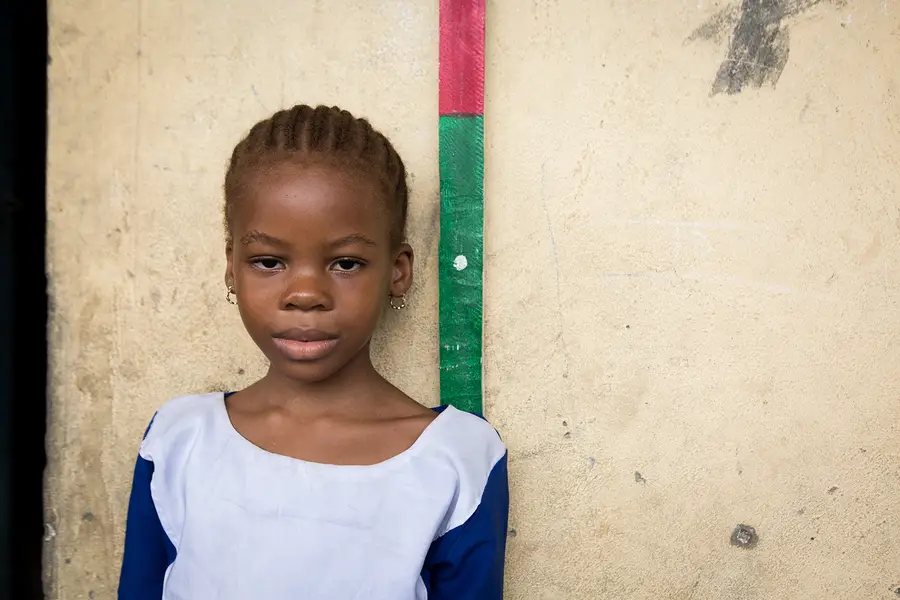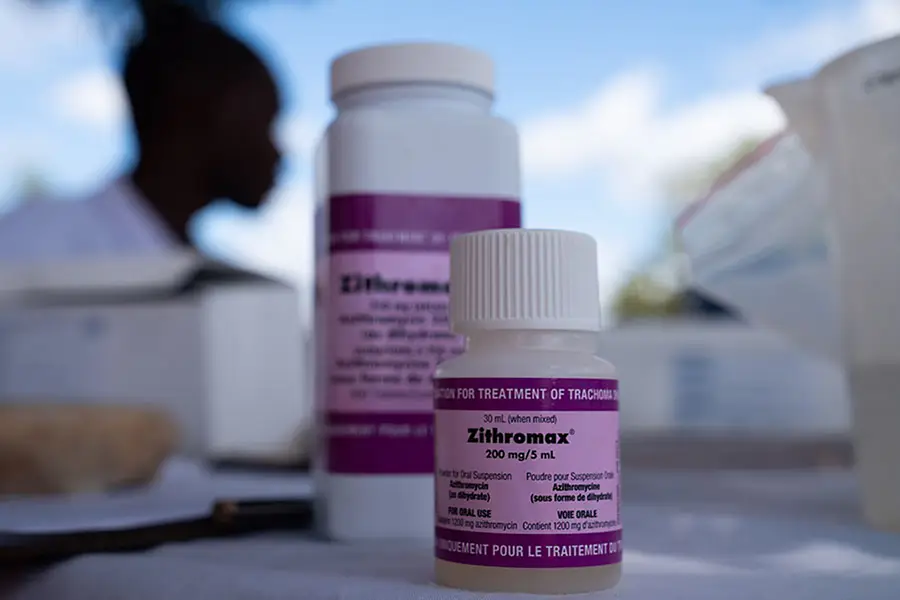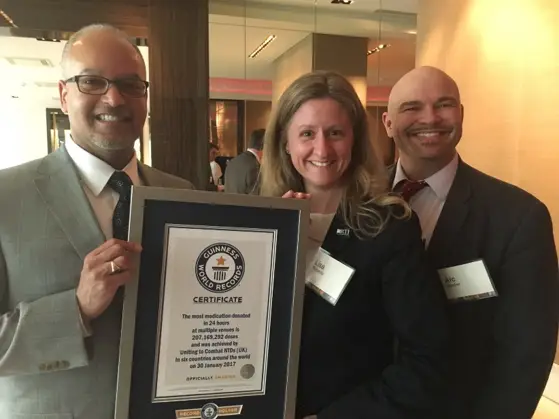
Today is the first ever World Neglected Tropical Diseases Day! We also like to refer to it as the first annual day recognizing diseases that you can’t pronounce and — let’s be honest — have never heard of. And if you think we’re exaggerating, try this one: onchocerciasis. Hint: It’s pronounced ohn-koe-ser-kye-ah-sess.
From onchocerciasis to schistosomiasis to lymphatic filariasis, these tongue twisters represent a group of diseases classified as neglected tropical diseases (NTDs). Caused by parasites and bacteria found in many parts of the world, these diseases can cause disfigurement and disability rather than death – muffled by the alarm raised by killers like malaria and HIV.
NTDs have finally been given their own day for a reason: NTDs affect more than a billion of the world’s most vulnerable people. From public health officials, to teachers, to lab technicians and community volunteers, millions of people are fighting to eliminate these diseases, and they’re winning.
In honor of World Neglected Tropical Diseases Day, here’s interesting and unusual facts about these hard to pronounce diseases and the successful efforts to fight them.
1. These diseases are ancient. While they might be new to you, NTDs have been wreaking havoc for centuries. In fact, NTDs like leprosy, schistosomiasis, Guinea worm, trachoma, and others are referenced in historical texts like the Bible, Talmud, and Ebers Papryus. Hieroglyphs have even been found on Nubian tombs in South Sudan depicting the common practice of pulling out one’s eyelashes due to trachoma infection.

2. Royalty are not immune to NTDs. During a trip to Africa in 2003, Prince William contracted schistosomiasis — otherwise known as bilharzia — likely after swimming in water inhabited by the snails that spread the parasite. The Prince was treated for the infection, but not all people in developing countries receive the same kind of care. For children especially, their growth and development can be permanently hindered as a result.
3. Even the Godfather himself was checked for NTDs. In The Godfather Part II, a young Vito Corleone is shown being examined on Ellis Island during his immigration to the US. In one scene, young Vito has his eyelids flipped by immigration officials to look for signs of trachoma, the world’s leading infectious cause of blindness.
4. When a stick is more than just a stick. The fight against NTDs birthed the widespread use of one of the simplest and most important health tools on the planet: the dose pole. With this measuring stick, community members can treat their neighbors with accurate amounts of medicines that prevent and treat NTDs. Can you imagine carrying a scale around everywhere?

5. Get your Z-Pak ready. What kind of medicines are these community members distributing? Ones that are safe, effective, and generously donated. Companies like Pfizer donate Zithromax®, an antibiotic used to fight trachoma that most every American has received in a Z-Pak. Since 2006, more than 2.6 billion treatments have been delivered through the U.S Agency for International Development (USAID) NTD programs alone, leveraging more than $22 billion in donated drugs from pharmaceutical companies. With repeated rounds of treatment in affected communities, these diseases are being wiped out.

6. Fighting NTDs are a part of POTUS agendas. NTDs grabbed the attention of former U.S. President Jimmy Carter. As he was growing up on a farm in Georgia, he dealt with flies that carried trachoma, a disease eliminated from the U.S. in the 1960s but still affects tens of millions of people around the world. Not all NTDs are in the United States’ rearview mirror. People in the Gulf Coast states of Texas, Louisiana, Mississippi, Alabama, and Florida — which also have some of the country’s highest rates of poverty — are vulnerable to NTDs like hookworms and Chagas disease.
7. The fight against NTDs is record-breaking. In 2017, the global NTD community won the Guinness World Record for the world’s largest mobilization of donated medicines. With a whopping 200+ million doses delivered in just 24 hours to six countries, the record-breaking effort gave a glimpse into the tremendous efforts happening every day to fight these disabling and debilitating diseases.

8. The Nobel Prize goes to NTD treatment innovations. One of the most exciting advances in NTDs treatment was actually first developed for use in…animals. Ivermectin, now used to treat many parasitic illnesses including those faced by your family pet, was only later found to work on humans. The researchers who discovered the medicines from which Ivermectin is derived won the 2015 Nobel Prize in Physiology or Medicine.
9. NTDs cross the political aisles. NTDs have long been a uniting subject among American politicians. In 1913, President Woodrow Wilson set aside funds to eliminate trachoma in the U.S. And since 2006, the country’s commitment to fighting NTDs globally has been backed by bipartisan leadership. Recently, Republicans and Democrats together enacted the End Neglected Tropical Diseases Act, an important step to bolster U.S. support to fight these diseases.
10. Going, going, gone. NTD efforts are paying off, in a big way. From Colombia, to Nepal, Togo to Vietnam, more and more countries are saying goodbye to NTDs. In the past decade, USAID has supported 10 countries to eliminate an NTD from within their borders. USAID’s NTD programs support some of the hardest to reach and most resource-limited communities with efforts to fight NTDs and it’s having tremendous impact – hundreds of millions of people around the global no longer have to worry about these diseases.
Now that you know how to pronounce them, join us in celebrating World NTDs Day this January 30 and spread the word about these diseases and the important efforts to fight them.
